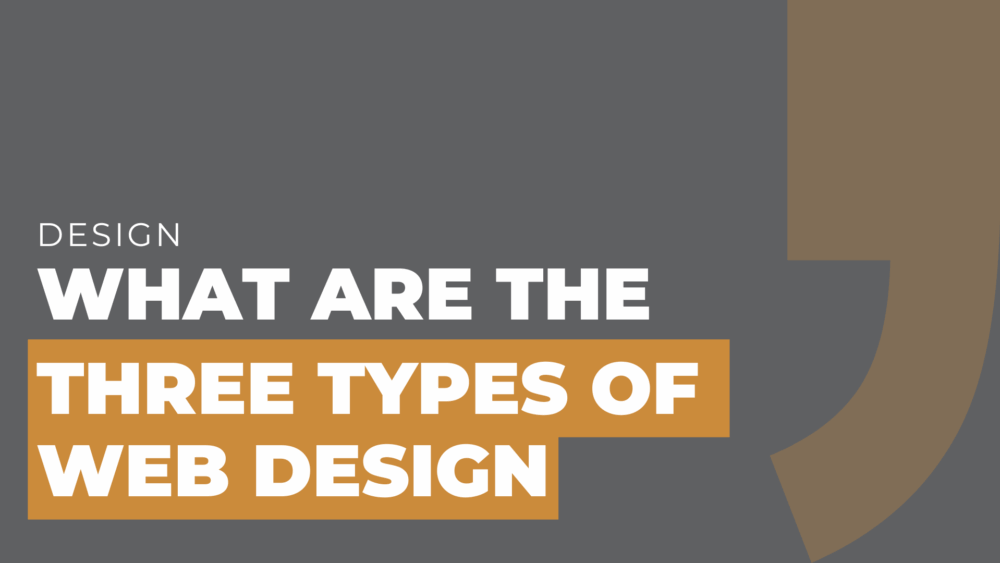What are the 3 types of web design that you need to know about?
The three types of web design are static, dynamic, and responsive.
Static web design involves fixed content that doesn’t change unless manually updated, making it simple but less interactive.
Dynamic web design gives you content that changes automatically based on users, providing a more interactive experience.
Responsive web design is all about your website looking and functioning well on various devices and screen sizes.
Each type has its own unique features and uses, and knowing which one to choose can make a big difference in your web design strategy.
In this post, we’ll explore these types of web design, discuss their common use cases, and highlight their benefits.
What Are the Common Use Cases for Each Type of Web Design?
Static Web Design
Static web design involves creating fixed web pages that display the same content to every visitor.
This type of web design is ideal for websites where content doesn’t change frequently.
Common use cases include small business websites, portfolios, and personal blogs.
Static websites are simple to create and maintain, making them a cost-effective choice for many.
Dynamic Web Design
Dynamic web design allows for content to change based on user interactions or other variables.
This type of web design is commonly used for e-commerce sites, social media platforms, and large business websites.
Dynamic websites often require more complex coding and databases to manage content and user data.
They can provide a more personalized and engaging experience for users.
Responsive Web Design
Responsive web design helps that a website looks and functions well on all devices, from desktops to smartphones.
This type of web design is essential in today’s mobile-first world, where a significant portion of web traffic comes from mobile devices.
Common use cases include blogs, news sites, and any website that wants to provide a seamless experience across different screen sizes.
Responsive design uses flexible grids, layouts, and images to adapt to various screen resolutions.
What Are the Benefits of Each Type of Web Design?
Here’s what’s great about each one. You decide which one – or more than one – you need for your site to work the way you want it to.
Benefits of Static Web Design
- Simplicity and Speed: Static websites load faster because they don’t rely on server-side processing. This can improve user experience and SEO rankings.
- Cost-Effective: Building and maintaining static websites is generally cheaper since they don’t require advanced technical skills or server resources.
- Security: Static websites are less vulnerable to attacks because they don’t interact with databases or user input.
Benefits of Dynamic Web Design
- Interactivity: Dynamic websites can provide a more engaging user experience through interactive features like forms, comments, and personalized content.
- Scalability: They can handle large amounts of data and traffic, making them suitable for growing businesses.
- Automation: Content management systems (CMS) make it easier to update and manage content without technical expertise.
Benefits of Responsive Web Design
- User Experience: Responsive design confirms that all users, regardless of their device, have a positive experience on your website.
- SEO Benefits: Search engines favor mobile-friendly websites, so responsive design can improve your search engine rankings.
- Future-Proofing: With new devices constantly being developed, responsive design assures your website will continue to look good on any screen size.
How to Choose the Right Type of Web Design
When deciding which type of web design to use, consider your website’s purpose, audience, and budget.
Static web design is great for small sites with limited content updates.
Dynamic web design is better for larger, more complex sites that require frequent updates and user interaction.
Responsive web design is important for any site aiming to provide a good user experience across all devices.
At the End of the Day
Whether you’re starting a personal blog or running a large e-commerce platform, understanding these design types can help you make the right choices.
If you’re ready to bring your vision to life and create a site that truly stands out, why not partner with experts who can guide you every step of the way?
Let’s make your website a true reflection of your brand’s potential!


Comments are closed.